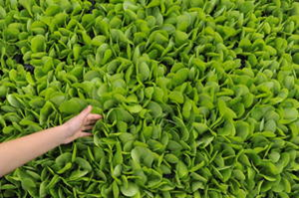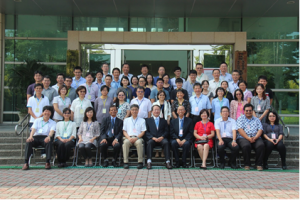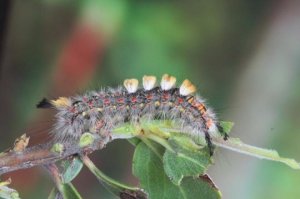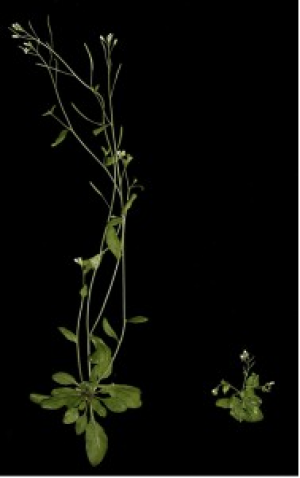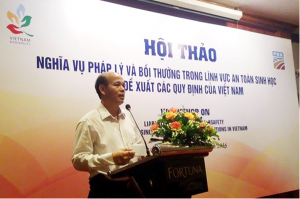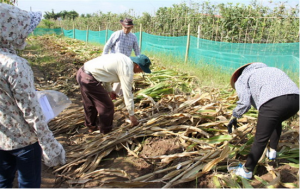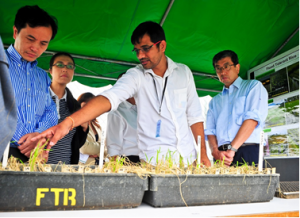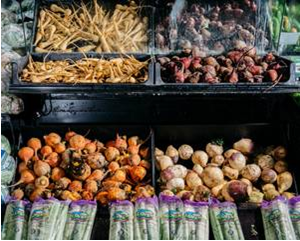|
Scientists Bring CRISPR to the US Senate
Friday, 2024/05/10 | 08:52:32
|
|
Figure: Prof. Georg Jander's presentation in the U.S. Senate Committee on Agriculture, Nutrition, and Forestry outlined the transformative potential of CRISPR technologies in agriculture.
Georg Jander, a professor from the Boyce Thompson Institute addressed an audience in the United States Senate Committee on Agriculture, Nutrition, and Forestry on April 23, 2024, in a session and call to action for policymakers to support and fund the technologies that will define the future of agriculture.
In a compelling presentation titled "The Next Agricultural Revolution: Targeted Gene Editing Using CRISPR," Jander outlined the transformative potential of CRISPR technologies in agriculture. Two other speakers in the session, Dan Jenkins from Pairwise and Emily Negrin from Inari described how their companies use CRISPR-mediated gene editing for crop improvement.
Jander explained that CRISPR is driving "a new green revolution as it allows scientists to precisely edit plant genes in a way that was never before possible." During his presentation, Jander emphasized how CRISPR could be pivotal in addressing some of the most pressing challenges of modern agriculture. "With CRISPR, we can enhance crops by turning on beneficial genes, turning off undesirable ones, or even introducing new traits from other species. The possibilities for improving food security, agricultural sustainability, and crop resilience are vast."
For more details, read the article in the BTI Newsroom. See https://www.isaaa.org/kc/cropbiotechupdate/article/default.asp?ID=20805
|
|
|
|
[ Other News ]___________________________________________________
|

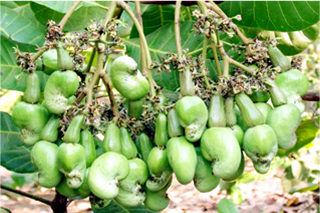
 Curently online :
Curently online :
 Total visitors :
Total visitors :
(284).png)

